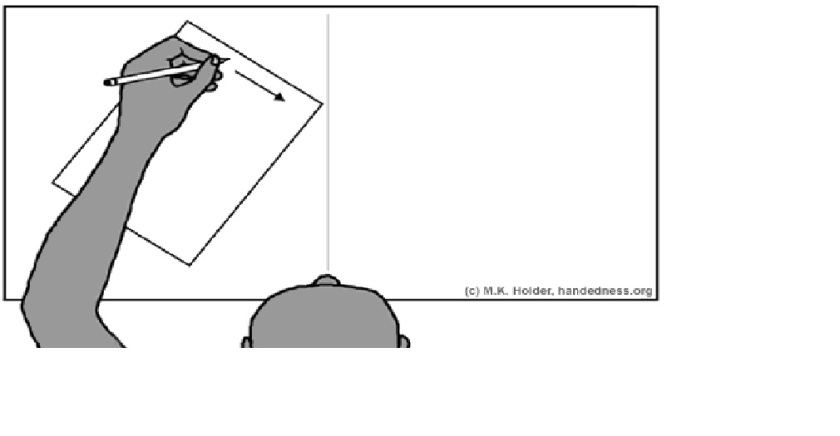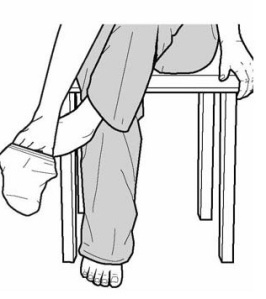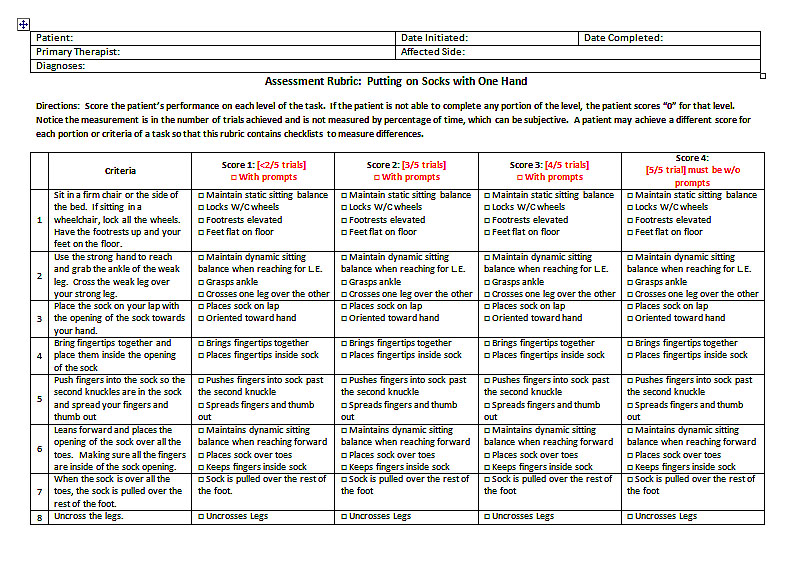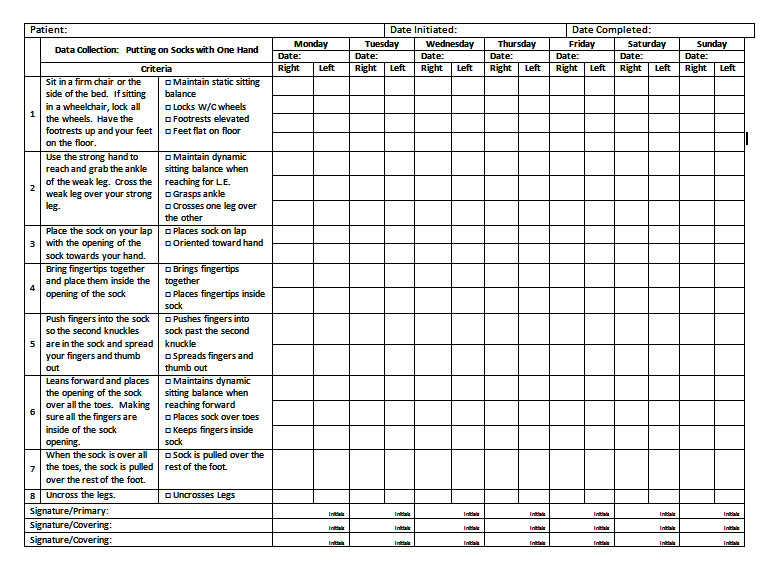Should Students Have a Voice?
Absolutely! Most students at the middle and high school level are looking for a sense of independence. Students of this age are often at a point where they want to know why they should continue therapy, and if they continue, why they can’t decide what they need to work on. In a school setting, the goals need to relate to a student’s educational and/or vocational needs. There is so much more information that a therapist needs to know to determine a student’s perception of his or her abilities and further determines whether or not a student really needs to continue. Standardized test scores, although important, are only a snap shot of the student’s abilities at the time the student participated in the assessment. It is not a clear and thorough picture of the student’s ability to function in a classroom.
I have often found that a student will provide more information if the questions are presented in a written format, particularly with sensitive areas, like activities of daily living, presented in checklist format. Students will review the document, quickly at first, check an answer [which the therapist or teacher can expand on later] and then move on. The written format provides a canvas, if you will, to create a dialogue with the student. For example, let’s say that the student checks off that he or she can make a sandwich, ask the student how he or she makes that sandwich and you will get a better idea if he or she really is capable of making that sandwich.
I have developed a written interview, which I began using with some of my students over the last few years. I was able to better assess a student’s abilities and perceptions of being able to care for him or herself and support classroom skills. It prevents that ‘oh no’ moment when something is revealed in a CSE meeting that you should know but don’t surfaces. When interviewing a student verbally, many of those items are glossed over and the interview proceeds. A written document is a bit impersonal and the student may just answer more truthfully and feel more comfortable in doing so.
Let’s go back to that sandwich; a student checks off that he is able to make a sandwich. Later, when reviewing the interview with the student, you ask, “How do you make that sandwich?” The student lists all the items that he needs for the sandwich but is unable to describe how to actually make that sandwich. This may indicate that a student has a form of dyspraxia or apraxia that has been addressed in other areas through years of therapy, but not yet in the area of self-care. In very basic terms dyspraxia (problems with) or apraxia (unable to) refer to sequencing the steps to perform a skill.
This is enlightening and indicates other areas need to be explored. When evaluating a student, all methods of gathering information should be used. Standardized and non-standardized testing is important but so is the interview of the student and the teacher and authentic assessments, such as a rubric, to provide a balanced assessment of the student’s abilities.
A school-based assessment includes a reason for the referral [the problems that the student is having in the classroom], and his or her motivation for educational activities. In my opinion, motivation can be broken down in to at least two components: skill and desire. If a student has limited or no skill in a particular area, there will be no desire to engage in the activity.
Motivation becomes a particularly important factor in the middle and high school years. In order to encourage participation in therapy, students need to participate in and feel part of the evaluation process. For one reason or another, a student may become disillusioned with therapy. Comments may be made by peers, making the student uncomfortable with being pulled out of class. Pushing into the class may not be an option either and may further target the student for comments and potential bullying. At this point, if the student is so resistant to the therapeutic environment, consults may be the only option other than discharge.
Bibliography
Cawley, M.S., OTR/L, E. (2013). Using Rubrics to Monitor Outcomes in Occupational Therapy. Huntington Station: Eleanor Cawley, M.S., OTR/L.
 It is difficult for some students to get through school well organized. Parents, teacher and even students become frustrated with missing homework assignments, notes out of order torn or even missing altogether. When frustration ensues, it is easy to become argumentative, which is counter-productive to getting work done.
It is difficult for some students to get through school well organized. Parents, teacher and even students become frustrated with missing homework assignments, notes out of order torn or even missing altogether. When frustration ensues, it is easy to become argumentative, which is counter-productive to getting work done.








You must be logged in to post a comment.